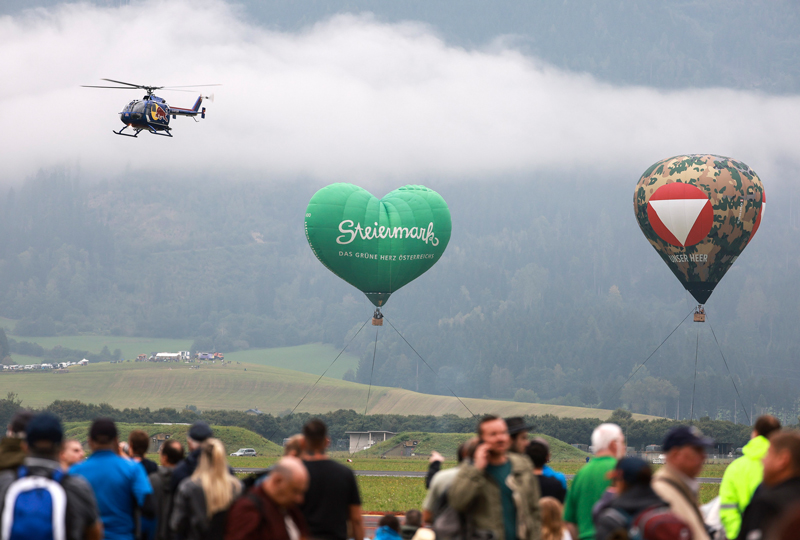
The Sikorsky CH-53 transport helicopter transports people and material and conducts special tasks. The aircraft, part of the Bundeswehr since 1975, is now in service with the German Air Force in four different series.
The Sikorsky CH-53 was developed in the early 1960s as a fast, all-weather, heavy-lift transport helicopter for the United States Marine Corps. The first S-65 prototype flew on October 14, 1964. The variant originally introduced into the Bundeswehr has the designation CH-53G and is called the Medium Transport Helicopter (MTH). All but the first two helicopters were built under licence in Germany. The “first” CH-53G helicopter was officially handed over to the army on July 26, 1972. A total of 112 helicopters were procured for the Bundeswehr.
Based on the experience gained from the first missions abroad, 20 aircraft were further developed into the CH-53GS variant by 2002. By 2017, 40 CH-53Gs had been converted to the CH-53GA variant as part of the product improvement project to adapt the weapon system for different national and international mission profiles. The CH-53G/GSGesetzliche Schutzaufgaben/GEGerman Enhanced/GAGrundausbildung helicopter is powered by two General Electric T64-7 engines or its further development, the T64-100.
The helicopter’s airframe is a conventional half-shell design made of aluminium alloys and partially reinforced with steel. The machine is loaded and unloaded via a ramp at the rear below the rear rotor carrier. As part of a structural reform, it was decided to concentrate tactical air transport in the Air Force. That is why the CH-53 has had its new home in the German Air Force’s Helicopter Wing 64 since 2013.
The Sikorsky CH-53 is capable of performing missions worldwide, in almost any climate, in almost any weather, day or night, at all threat levels. Four versions are currently still in use in the Air Force.
Sikorsky CH-53 Sea Stallion
Technical Data: